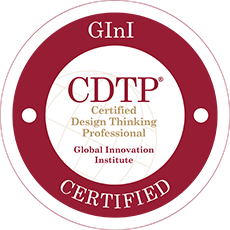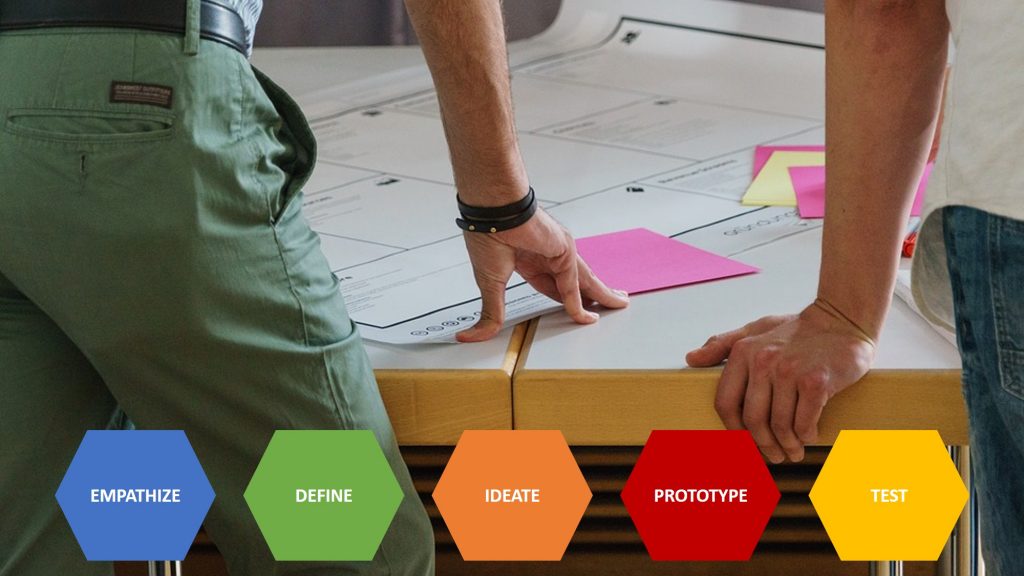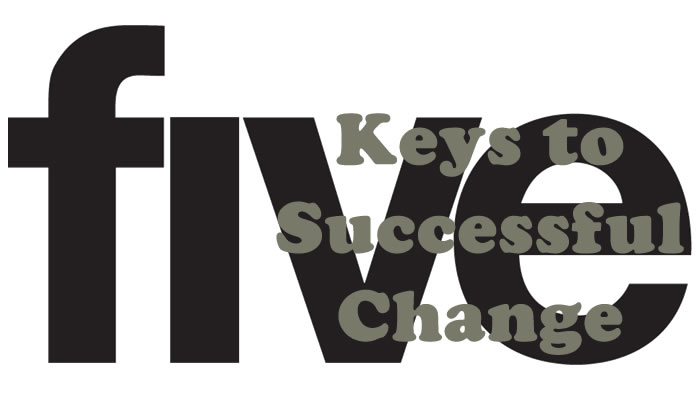
GUEST POST from Janet Sernack
In a recent article “Organizing for the future: Nine keys to becoming a future-ready company” McKinsey and Co, suggested that the Covid-19 pandemic has added to the pressure to change that has been growing for many years, which is now at a tipping point. Where the most forward-looking leaders and teams see a larger opportunity – the chance to build on pandemic-related accomplishments and re-examine and reimagine the organisation’s identity, how it works, and how it grows. Referring to new research on the organizational practices of 30 top companies, they highlighted how businesses can best organize for the future – and it is all initiated by developing a human-centric, future-fit focus.
Inquiring as to how might we ensure that we capture the best of what we’ve learned and keep the digital momentum going through developing a future-fit focus within the post-COVID-19 world?
What is a future-ready organization?
The article goes on to state that future-ready companies share three characteristics that offer senior executives a “unique unfreezing opportunity” – oby co-creating new adaptive systems, that are purposeful, organic, and human-centric by:
- Knowing who they are and what they stand for;
- Operating with a fixation on speed and simplicity;
- Growing by scaling up their ability to learn, innovate, and seek good ideas, regardless of their origin.
Seeing the world with fresh eyes – unlearning, re-learning, creativity and innovation
All of which need to be initiated and developed through acquiring a new lens: an ability to see the world with “fresh eyes” by letting go of many of our old mental models and paradigms to:
- Co-create, with others, new openings and empty spaces for unlearning what may have previously been embraced and worked in the past.
- Focus on developing a new future-fit focus that unleashes purposeful, speed, simplicity, and growth through unlearning, re-learning, creativity and innovation.
Letting go to let come
In almost every aspect of business, we are operating with mental models, paradigms, and mindsets that have become outdated or obsolete, from strategy to marketing, from organizational design, learning systems to leadership, teams, and even to coaching.
This means that the first and most crucial step in shifting towards a human-centric, future-fitness focus involves “unlearning.”
Because many of our old mental models and paradigms, which are mostly unconsciously embodied in our core mindsets, impact the choices and decisions we make, the behaviors we enact, and the results we get – and it seems, that in 2021 we are getting a lot of results that no-one particularly wants.
What do we mean by “unlearning” and why is it important?
A lot of the mental models and paradigms are embodied in our habitual mindsets, that many of us learned in school, university, or college, and even in 20th century learning programs and built our careers on are now incomplete, ineffective, and irrelevant in adapting, and in serving people to survive, grow and thrive the post-Covid-19 world.
This means that to embrace a future-fit focus we have to first unlearn the old ones.
“Unlearning” is not about forgetting.
It’s about paying deep attention and developing the awareness to see, and step outside of our old mental models or paradigms and pay attention, and be consciously aware of the:
- Mindsets we are embodying;
- Behaviors we are enacting;
- and the results we are manifesting.
Either because reality has changed or because current approaches are based on flawed or rigid thinking, faulty premises, and assumptions, or via a different consumer or technological landscape.
To then consciously choose, experiment, make distinctions, and bravely re-learn how to shift towards developing different, diverse, and more resourceful future-readiness.
The good news is that practicing “unlearning” will make it easier and quicker to make the necessary future-fit shifts as our brains become adaptive, through the process of neuroplasticity.
What are the key steps in “unlearning”?
- Being fully present, composed, and detached in adopting a beginner’s mind involving periodically challenging, questioning, and reassessing deeply held theories, archetypes, and conventions to provoke and evoke creative new ideas and innovative solutions.
- Allowing things to be and not needing to be in control, or in charge, being comfortable with being uncomfortable and willing to explore uncertainty, constraints, and threats as opportunities from a whole person and whole systems perspective.
- Wandering into wonder in the unknown to bravely adopt a “not knowing” stance and be more open-hearted, childlike and joyful, by bringing in awe, curiosity, and playfulness into your space.
- Recognizing and discerning that some of your old mental models, paradigms, and mindsets are no longer relevant or effective and be open-minded, through being inquisitive, curious, and creative in experimenting with new ones.
- Imagining, finding, or creating new mental models, paradigms, and mindsets that can help you adapt, innovate and better achieve your goals and growth objectives and focus on developing your capacity, confidence, and competence in being agile: the ability to create intentional shifts in different and changing contexts to re-program the mind.
- Ingraining the new future-fit mindsets as emotional and mental habits through attending and observing, being empathic and compassionate, questioning and inquiring, generative listening and debate, experimenting, smart risk-taking, and networking across boundaries.
What gets in the way of “unlearning”?
At ImagineNation™ we specialize in designing and delivering bespoke adult learning solutions that embrace a range of future fit mindsets, behaviors, and skills.
Whilst we have found that many leaders, teams, executives, and coaches are willing to unlearn, and re-learn, many are not.
Requiring our coaches, trainers, and facilitators to effectively resolve some of the key human-centric blockers to unlearning and re-learning including some peoples’:
- Rigidity and fixedness in their own points of view and need to be “right” and in control of the situation.
- Need to always appear to know, and their hesitancy around not wanting to look like they don’t actually know the answers or solutions, and are therefore incompetent.
- Busyness, where they are too task focussed to make the time to hit their pause buttons, retreat and reflect, to review options for being more effective, productive, and creative, by thinking and doing things differently.
- Fear of loss, or lack of safety and permission to set aside the status quo to challenge assumptions and explore new possibilities and play with the art of the possible
Towards a human-centric, future-fit focus
For most of us, the COVID-19 pandemic and its aftermath have upended our lives as we knew them, and according to McKinsey & Co – the resulting pain, grief, and economic dislocation will be felt long into the future.
Reinforcing that the first priority for leaders and teams, therefore, is to become more purposeful and human-centric, to lead and role model a future-fit focus.
Aimed at increasing speed and improving simplicity and by strategically scaling up people’s ability to unlearn, relearn, innovate, and seek good ideas regardless of their origin.
By being curious and creative, connected, empathic and compassionate, confident and courageous, to revitalize, and reenergize, exhausted people, teams, and organizations, currently languishing in 2021.
This is the first of a series of blogs, podcasts, and webinars on Developing a Human-Centric Future-Fitness organisation.
More about us
Find out about The Coach for Innovators Certified Program, a collaborative, intimate, and deep personalized innovation coaching and learning program, supported by a global group of peers over 8-weeks, starting October 19, 2021. It is a blended learning program that will give you a deep understanding of the language, principles, and applications of a human-centered approach to innovation, within your unique context. Find out more.
![]() Sign up here to get Human-Centered Change & Innovation Weekly delivered to your inbox every week.
Sign up here to get Human-Centered Change & Innovation Weekly delivered to your inbox every week.

 Recently I became a
Recently I became a 




